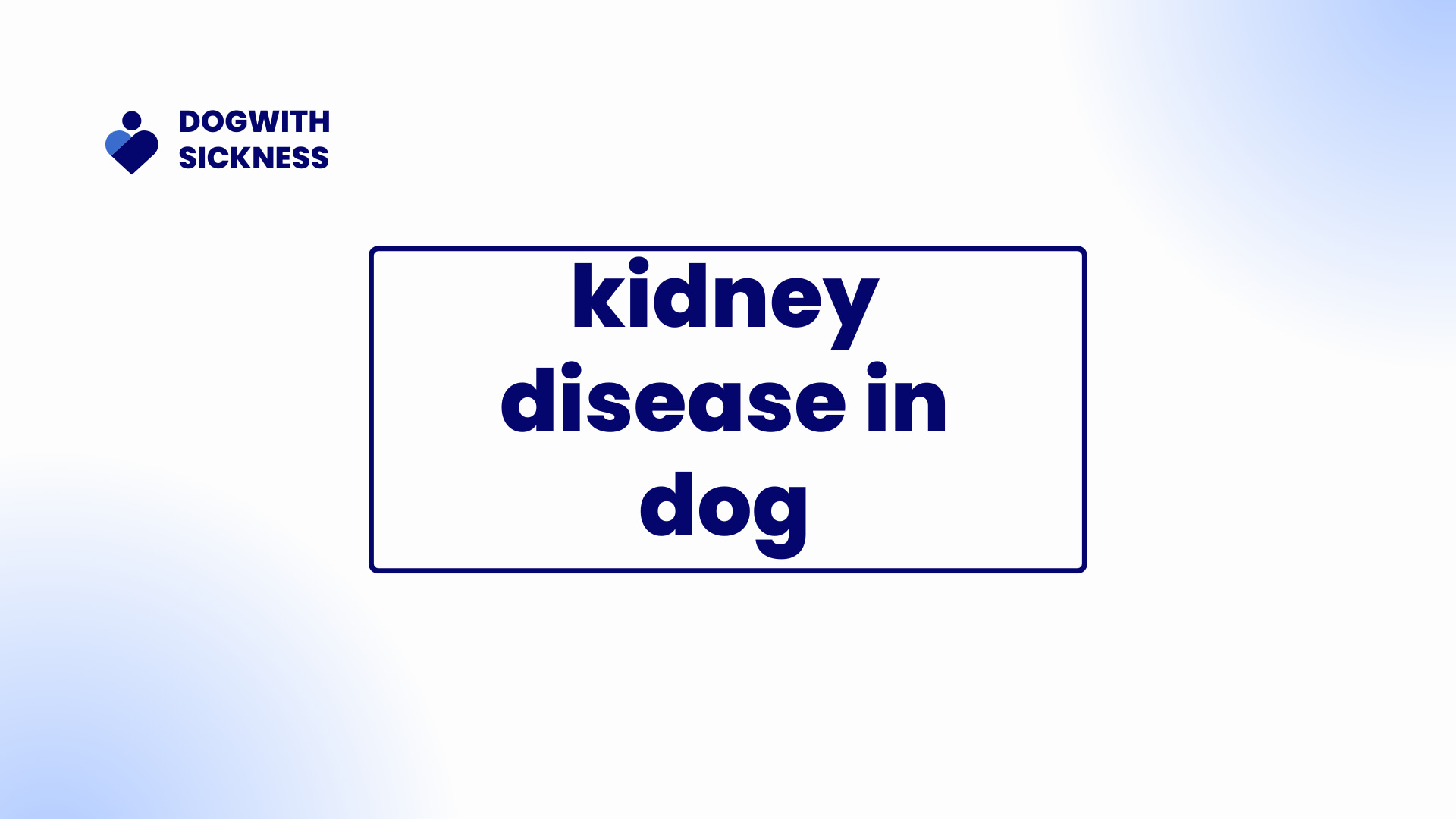What does kidney disease/ kidney failure mean:
There are several terms such as kidney failure, renal failure, renal insufficiency, and so on, all of which suggest that the kidney is not functioning correctly, but these alone do not explain how serious the disease is.
Veterinarians realized that they needed to be on one page when defining the severity of kidney disease and that the best approach to describe this condition is to split it into stages and substages, therefore the IRIS chronic kidney disease staging standards were created.
What is an IRIS and what are the guidelines:-
IRIS is an abbreviation for International Rental Intrest Society, which was founded in 1998 by a group of veterinarians from various nations who all have expertise in renal function and kidney disease in order to find the best approach to treat it.
IRIS’s goal was to provide veterinarians with a plan so they could treat patients with renal disease as effectively as possible.
The purpose of IRIS was to provide veterinarians with a strategy that would enable them to treat patients with renal illness as successfully as possible. These standards were developed worldwide, ensuring that everyone in the world would follow the same procedure for diagnosing and treating kidney disease.
now vets can communicate with each other without any doubt and can deal with the parents of their patients based on systematic stages IRIS provided.
IRIS mission is to help pets with kidney disease
With IRIS standards, veterinarians can detect chronic kidney disease in its early stages. The therapy can be quite effective in the early stages.
IRIS recommendations are not a technique of diagnosis; rather, they are a manner of tailoring interventions, monitoring illness development, and predicting the patient’s future status.
Diagnosing kidney disease can be challenging. The first indicator of kidney failure is the production of diluted urine, as the kidneys are responsible for balancing the body’s water, minerals, and electrolytes. The kidney excretes minerals, electrolytes, and water that they do not require by creating urine. The kidneys that are performing properly make extremely concentrated urine.
When the kidneys are not operating properly, they generate more and more dilute urine, and thirst may grow in your dog because your dog will need to drink more water to get hydrated, but the bad news is that your dog may lose 66% of renal function.
At that point, the vet can identify kidney failure based on the urine result and need to run certain routine blood tests (BUN and creatinine), but 75% of renal function has already been gone.
All veterinarians are aware that kidney failure is diagnosed when the dog loses 66 to 75% of its function, although this was an outdated method of diagnosis.


SDMA- the best test for diagnosis of kidney disease:-
The best approach to identify kidney disease is the SDMA symmetric dimethylarginine test, which is a compound that the kidney produces before creatinine in kidney disease. The kidney produces this compound when it is damaged by 25 to 40% as the researcher is doing a study on it and understanding the best approach to use it.
what are IRIS Stages of kidney disease in dogs:
After physical, urinalysis, and blood test the vet can compare these results to the IRIS guidelines. you need to care one thing for accurate results your dog must be hydrated.
There are four stages to understand kidney failure. IRIS depends on the clinical finding plus creatinine and/or SDMA values.
Dogs kidney disease stages:
Stage 1(Early CKD): SDMA <14 to 25 µg/dL or Creatinine < 1.4 mg/dL:
Detecting kidney failure in stage 1 can be challenging since creatinine levels < 1.4 mg/dL are considered normal. Therefore, veterinarians must examine additional symptoms when diagnosing stage 1 kidney disease.
Some more factors are:
1. Diluted Urine
2. Kidney seems abnormal on ultrasonography.
3: excessive protein levels in urine, etc.
However, the greatest alternative for diagnosing kidney illness is SDMA since if the SDMA blood report falls between 14 and 18, it is sufficient to ensure that the dog is suffering from stage 1 renal disease.
Stage 2(Mild to moderate): SDMA 18-35 µg/dL and/or Creatinine 1.4-2.8 mg/dl:
Most dogs at this stage don’t show any symptoms, but if they do, the most common signs are a loss of appetite and weight.
So, if the creatinine number is the same as I mentioned above, according to IRIS criteria, the dogs have chronic stage 2 kidney disease.
Stage 3: (Moderate to severe CKD): SDMA 36-54 µg/dL or/and Creatinine 2.9-5.0 mg/dL.
In this stage, dogs exhibit symptoms such as lack of appetite, change in hair coat, and weight loss. Some dogs begin vomiting, diarrhea, and become lethargic, and creatinine levels in this stage are closer to 5.0.
If your veterinarian is certain that your dog has stage 3 renal disease, they may want to check additional blood values such as high phosphorus levels or low potassium levels. These values are common, and the dog may experience weakness, lack of appetite, nausea, poor breath, or an oral ulcer.
Stage4 (Severe CKD): SDMA >54 µg/dL and/or Creatinine >5.0 mg/dL:
Unfortunately, once your dog is in its last stage, the vet can only provide supportive treatment and make your dog feel comfortable and happy for as long as possible.


What happens if Creatine and SDMA don’t match:-
What will happen if creatinine readings indicate another stage and SDMA indicates another stage? It is possible.
IRIS provides further guidelines for this case.
Your dog’s muscle mass determines creatinine levels, therefore if your dog loses or gains muscle mass, the test report will not provide an accurate result. In this case, your veterinarian can rely on SDMA levels.
IRIS recommendations propose Creatinine and SDMA levels every two to four weeks, and if the readings remain different, vets should evaluate it at the final stage.
1. Proteinuria (protein in urine)
2. Hypertension (high blood pressure)
It is necessary to treat both substages; otherwise, they might damage and induce renal disease.
- Normal (AP-N): Systolic blood pressure < 130 mmHg
- High Normal (AP-H): Systolic blood pressure 130-149 mmHg
- High (AP-H): Systolic blood pressure 150-169 mmHg
- Very High (AP-VH): Systolic blood pressure > 170 mmHg
Proteinuria:
Your veterinarian will need to do a urinalysis; if the urinalysis shows proteinuria, your veterinarian will next determine the source of the protein in the urine, which might be related to a blood or bacterial infection. Once a veterinarian has determined that it is not a urinary tract infection, the veterinarian must run a more specialized test to determine the quantity of protein present in the urine. This test is referred to as the urine protein to creatinine ratio test (UPC).
According to the results of this test, your veterinarian will give some oral medicine to lower protein in urine; but if it continues, it is a symptom of kidney damage.
THE VETS USE THE FOLLOWING CHART TO EXPLAIN THE PROTEIN-TO-CREATININE RATIO:
| UPC Ratio | Interpretation |
|---|---|
| < 0.2 | Normal |
| 0.2 – 0.5 | Micorproteinuria |
| 0.5 – 1.0 | Proteinuria |
| > 1.0 | Severe Proteinuria |
How to treat kidney disease:
Dogs do not display any signs in the first and second phases. During this time, the therapy aims to preserve kidney function while slowing the progression of the illness.
However, in later phases, the treatment method is to slow down the effects of the illness on the kidneys and provide support for quality of life.
Stage 1:
1: Frequent monitoring of blood pressure and protein loss in kidneys.
2: If the pet owner notices any changes in the dog, please contact your veterinarian as soon as possible.
3: Avoid all drugs that might harm your kidneys.
Stages 2:
1: follow the stage 1 recommendations.
2: Reduce protein and phosphorus in your diet while increasing omega-3 fatty acid intake.
3: maintain a blood phosphorus level lower than 4.6mg/dl
Stage 3:
1: All the suggestions for stages one and two
2. Feed a balanced diet.
3: Keep blood phosphorus levels below 5mg/dl.
4. Treat nausea and vomiting with recommended drugs.
5. Use oral drugs to correct the acid-base imbalance.
6: Use injectable synthetic hormone medicines to treat low red blood cell count if clinical indications of anemia or PCV (packed cell volume) <20% are present.
Stages 4:
1: All of the recommendations above.
2: maintain blood phosphorus levels below 6mg/dl.
3. Adding the oral medicine calcitriol.
4: Most dogs benefit from receiving fluids beneath their skin regularly to help them stay hydrated.
5. Feeding tubes can also help with hydration and medicine delivery.


Hypertension treatment:
Several medications and combinations of medications may be used to manage blood pressure in your pet, depending on the circumstances.
Treatment for proteinuria:
Most dogs must take blood pressure medicine for the rest of their lives or risk renal damage. Your veterinarian can regulate the dosage with periodic blood pressure checks.
If your dog is on borderline renal proteinuria, the vet won’t start medication he will start monitoring your dog’s reports.
once UPC increases more than 0.5 then your vet will start treatment with a known medication ACE inhibitor if this medication doesn’t work then your vet will add one more medication which is known as angiotensin receptor blocker (ARB).
if you wanna learn about another disease you can learn about eye disease in dogs because blood pressure affects on eyes more after the kidney.
Note: The advice on this page is meant for informative purposes only and does not represent medical advice for dogs. Please schedule an appointment with your veterinarian to ensure that your pet’s ailment is accurately diagnosed.
